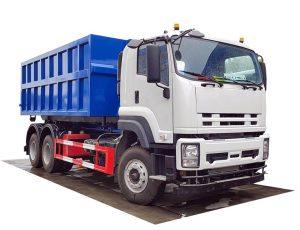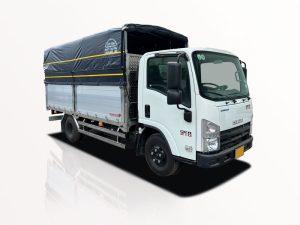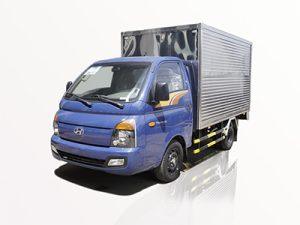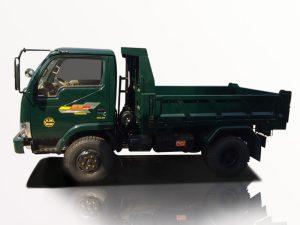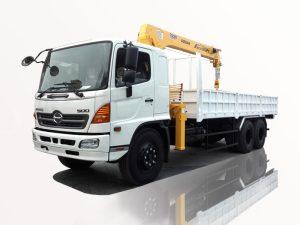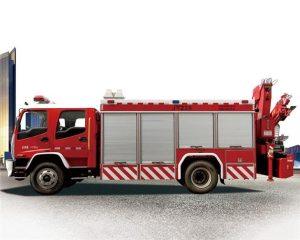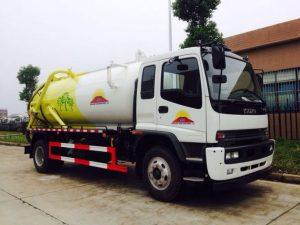Monday to Saturday - 8:00 -17:30
Understanding Garbage Trucks: How They Function and Importance of Picking Up Trash
The role of garbage trucks in modern society is critical for maintaining cleanliness and environmental harmony. These specialized vehicles are responsible for picking up trash from households, businesses, and public spaces, ensuring that waste is properly managed and disposed of. This article will explore the intricacies of garbage truck operations, the importance of waste collection, and tips for residents to manage their trash effectively.
Table of Contents
- What is a Garbage Truck?
- Types of Garbage Trucks
- The Picking Up Process
- The Importance of Waste Collection
- Safety Measures for Garbage Collection
- Eco-friendly Initiatives
- Common Challenges Faced by Garbage Trucks
- Tips for Managing Trash Effectively
- Frequently Asked Questions
What is a Garbage Truck?
A garbage truck is a specialized vehicle designed for the collection, transport, and disposal of waste. These trucks are built to accommodate large loads of trash while ensuring safe and efficient transportation. They come equipped with various features such as compaction systems, lifting mechanisms, and storage compartments to enhance their operational efficiency.
Components of a Garbage Truck
Garbage trucks have several key components that make them functional:
- Compaction System: This system compresses waste to maximize the load capacity.
- Lifting Mechanism: A hydraulic arm is often used for lifting bins and containers.
- Storage Area: The back of the truck is designed for holding the collected trash securely.
- Dumping Mechanism: This allows for quick and efficient unloading at transfer stations or landfills.
Types of Garbage Trucks
There are several types of garbage trucks, each designed for specific waste collection needs:
1. Rear-Loading Garbage Trucks
These trucks have an opening at the rear where garbage is loaded. They are often used for residential waste collection.
2. Front-Loading Garbage Trucks
Front-loading trucks have containers lifted from the front. They are typically used for commercial waste and dumpsters.
3. Side-Loading Garbage Trucks
These trucks can pick up trash from the side, making them efficient for narrow streets and residential areas.
4. Roll-Off Trucks
Roll-off trucks carry large, open-topped containers and are commonly used at construction sites or for bulky items.
5. Vacuum Trucks
Vacuum trucks are specialized vehicles designed to remove liquid waste and debris, often found in sewer cleaning operations.
The Picking Up Process
The process of picking up trash involves several steps that ensure efficiency and safety:
Step 1: Routing and Scheduling
Garbage collection routes are meticulously planned to maximize efficiency. Areas are scheduled based on population density, waste volume, and previous collection timings.
Step 2: Pre-Collection Checks
Before heading out, garbage truck drivers perform checks on their vehicles for safety, operational readiness, and compliance with environmental regulations.
Step 3: Trash Collection
Once on site, the truck stops at designated collection points where bins are placed. The driver operates the lifting mechanism to hoist the bin into the truck.
Step 4: Compaction
After loading, the trash is compacted to create more space within the truck, maximizing its load capacity.
Step 5: Transport to Disposal Facility
The loaded truck then transports the waste to a landfill or recycling center, where it will be processed appropriately.
The Importance of Waste Collection
Effective waste collection is vital for numerous reasons:
1. Public Health
Regular waste collection helps prevent the spread of diseases by reducing the occurrence of pests and vermin.
2. Environmental Protection
Proper trash management minimizes pollution and reduces harmful waste in landfills.
3. Community Aesthetics
Clean neighborhoods contribute to a positive community image, attracting residents and businesses alike.
4. Recycling and Sustainability
Waste collection systems often include recycling initiatives that promote sustainable practices and resource conservation.
Safety Measures for Garbage Collection
Safety is paramount in garbage collection to protect both workers and the public:
1. Use of Personal Protective Equipment (PPE)
Drivers and loaders must wear gloves, masks, and reflective clothing to minimize risks.
2. Training and Awareness
Regular training regarding hazard recognition, vehicle operation, and waste handling procedures ensures safety protocols are understood.
3. Vehicle Maintenance
Routine maintenance checks on garbage trucks help prevent mechanical failures that could pose safety hazards during operation.
4. Community Awareness Campaigns
Educating the public about proper trash disposal practices reduces accidents and keeps collection areas safe.
Eco-friendly Initiatives
Many waste management companies are adopting eco-friendly initiatives:
1. Electric Garbage Trucks
Transitioning to electric or hybrid garbage trucks reduces greenhouse gas emissions significantly.
2. Recycling Programs
Establishing robust recycling programs encourages residents to divert waste from landfills.
3. Waste-to-Energy Facilities
These facilities convert non-recyclable waste materials into usable energy, decreasing landfill dependency.
4. Community Clean-Up Days
Organizing community events helps raise awareness about littering and the importance of keeping the environment clean.
Common Challenges Faced by Garbage Trucks
Garbage trucks and their operators face various challenges during their operations:
1. Traffic Congestion
Heavy traffic can delay collection schedules, leading to potential overflow of waste bins.
2. Improper Waste Disposal
Residents may dispose of hazardous materials incorrectly, exposing workers to risks.
3. Limited Funding
Budget constraints can affect the maintenance of vehicles and the implementation of new technologies.
4. Weather Conditions
Inclement weather such as snow or heavy rain can hinder collection routes and safety.
Tips for Managing Trash Effectively
Residents play a crucial role in effective trash management. Here are some practical tips:
1. Separate Recyclables
Designate bins for recyclables to facilitate the recycling process. Use clear labels for easy identification.
2. Compost Organic Waste
Start a compost pile for food scraps and yard waste. This reduces landfill waste and benefits your garden.
3. Follow Local Guidelines
Check local waste management guidelines to ensure compliance and proper disposal.
4. Participate in Community Events
Get involved in neighborhood clean-up events to foster a sense of community and environmental responsibility.
5. Educate Your Family and Friends
Share knowledge about proper waste management practices with others to create a more informed community.
Frequently Asked Questions
1. How often do garbage trucks collect trash?
Collection frequency varies by location, typically ranging from once a week to multiple times a week for higher density areas.
2. What should I do if my trash was not picked up?
If your trash was missed, contact your local waste management service to report the issue as soon as possible.
3. Are there items that should never be placed in garbage bins?
Yes, hazardous materials like batteries, chemicals, and electronics should not be disposed of in regular garbage bins. Check local regulations for proper disposal methods.
4. Can I use my own trash cans for collection?
Some municipalities allow personal bins, but they must comply with size and labeling guidelines. Check local rules for specifics.
5. How can I get involved in waste management initiatives?
You can participate by volunteering for community clean-up days, joining local recycling programs, or advocating for eco-friendly policies.
6. What happens to the trash after it’s collected?
After collection, the trash is often transported to a landfill or recycling facility where it undergoes sorting and processing.



